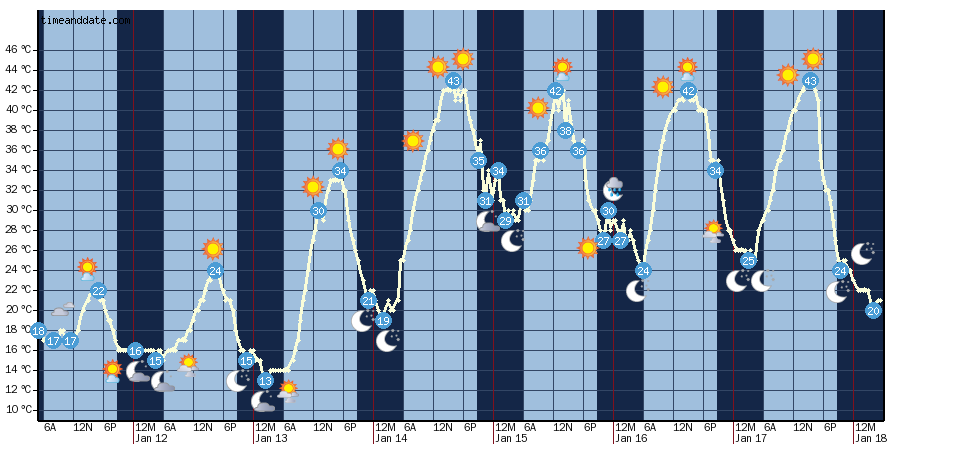January 17, 2014 – A number of readers have asked me to explain the difference between weather and climate in light of the recent heat wave in Australia that has achieved global notoriety because of the Australian Open tennis tournament.
Do four days of above 40 Celsius (104 Fahrenheit) provide examples of human-induced climate change or is this just a variable weather incident that one sees in summer from time to time? In Australia the four days of plus 40 created a national debate because the new federal government has been scrapping all previous initiatives focused on reducing carbon consumption. It has scrapped the carbon tax. It has defunded climate science as practiced by government departments.
The sight of professional tennis players withdrawing from tournament play because of tormenting heat, however, has ratcheted up the conversation. Add to that a story last week about 100,000 fruit bats falling from the skies because of heat stress, and you get a picture of what might seem to be a continent beginning to overheat.
Australia is the hottest of the continents and vies with Antarctica for the title as driest on the planet. In the last couple of years Australian weather maps have added a 50 Celsius degree isotherm to their weather charts. Recently Australians crowdfunded the work of the former government department to create the Climate Council from the defunct Climate Commission. That’s because the citizens in Australia seem to recognize what is going on while their government turns a blind eye.
Is this hot weather or a heating planet? It appears to be the latter. Why? Because heat waves in Australia’s summer usually coincide with the El Nino warming of the tropical Pacific. But the most recent extreme heat waves are taking place during a period when the El Nino has not appeared.
It must be stated that it is not the daytime extreme temperatures that are a measure of a warming planet, but the fact that nighttime temperatures are much higher than norms. Where daytime highs reached 42 and 43 Celsius degrees on four consecutive days from January 14 to the 17, nightime lows varied between 24 and 29. The lows were the mean average temperature for Melbourne in the summer, and mean is the weighted average of temperatures throughout the day. You can check out the graph of temperature highs and lows for the city over this last week in the chart provided below.
Melbourne, located at the southern tip of Australia is considered to have temperate climate with average July temperatures of around 25 Celsius. So the heat wave that struck the city during the Australian Open is an aberration. But for the continent it appears no longer to be the abnormal. Australia keeps setting new records for heat. Last year was the hottest on record. And with the heat has come prolonged drought as the continent appears to be drying out. So is this latest heat wave climate change or weather? Well the truth is it’s weather that depicts a climate trend and that trend points to profound change.























